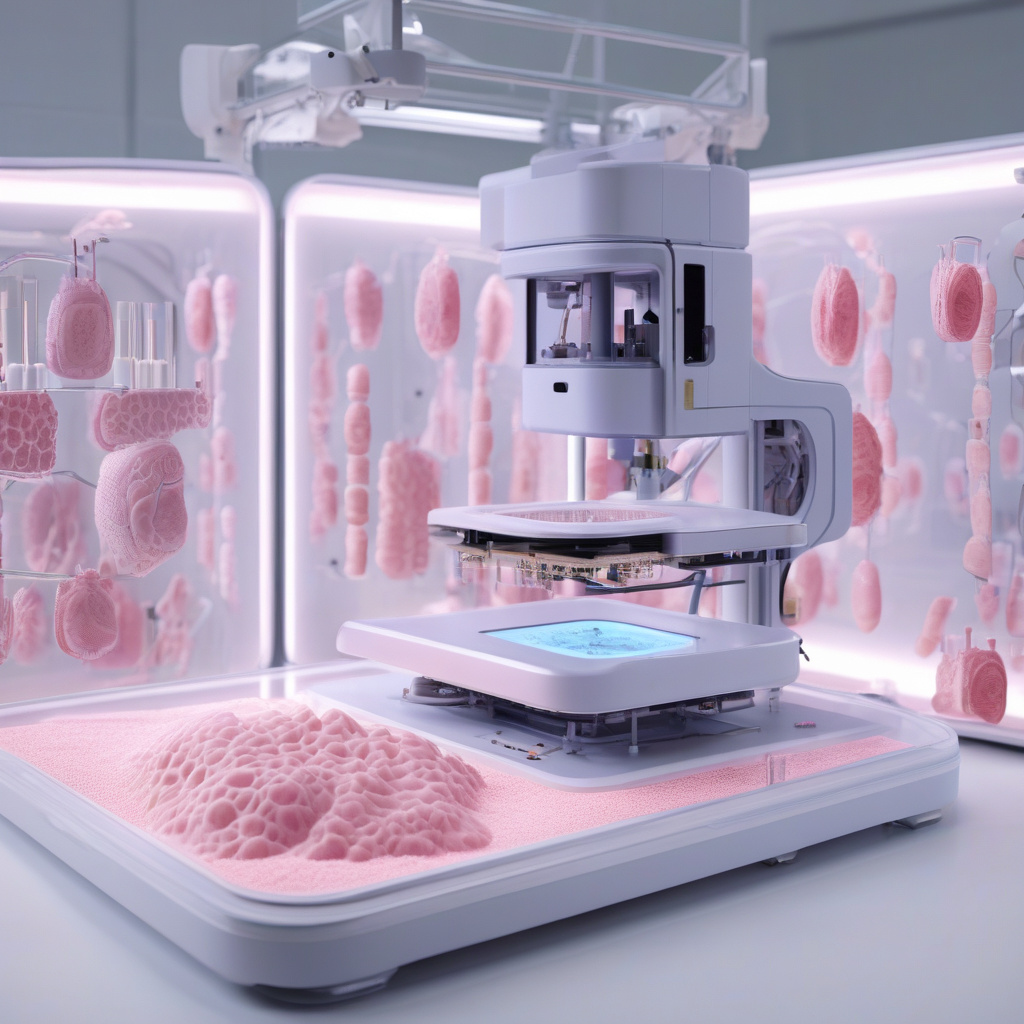Lifelike, 3D-Printed Skin with Living Cells: A Breakthrough in Cosmetics Testing
In a pioneering effort to replace animal testing, an international team of scientists has developed a groundbreaking technology that could revolutionize the cosmetics industry. This innovative approach involves the creation of lifelike, 3D-printed skin embedded with living human cells. Not only does this cutting-edge method offer a more ethical alternative to traditional animal testing, but it also provides more accurate and reliable results for cosmetic companies.
The use of animals in cosmetic testing has long been a contentious issue, drawing criticism from animal rights activists and ethical consumers alike. The development of 3D-printed skin offers a solution to this ethical dilemma by providing a cruelty-free testing platform that closely mimics the properties of human skin. By incorporating living human cells into the artificial skin, scientists can replicate the complex biological processes that occur in the human body, making the results of cosmetic tests more relevant to humans.
One of the key advantages of 3D-printed skin is its ability to mimic the structure and function of real human skin. Traditional two-dimensional cell cultures, which are commonly used in cosmetic testing, lack the complexity of three-dimensional tissue structures. In contrast, 3D-printed skin models can replicate the multiple layers of the skin, including the epidermis, dermis, and hypodermis, providing a more accurate representation of how cosmetic products interact with human skin.
Furthermore, the use of living human cells in 3D-printed skin offers a more physiologically relevant model for testing cosmetic products. Unlike animal skin models, which may not always accurately reflect human responses, 3D-printed skin can provide more reliable data on factors such as skin irritation, absorption rates, and allergic reactions. This increased accuracy not only benefits consumer safety but also allows cosmetic companies to develop products that are more tailored to human skin biology.
In addition to its ethical and scientific advantages, 3D-printed skin also offers practical benefits for the cosmetics industry. By streamlining the testing process and reducing the reliance on animal testing, this technology can help companies save time and resources in product development. Moreover, the use of 3D-printed skin models can facilitate faster regulatory approvals for new cosmetic products, enabling companies to bring innovative formulations to market more quickly.
Overall, the development of lifelike, 3D-printed skin with living cells represents a major step forward in the quest to replace animal testing in the cosmetics industry. Not only does this technology provide a more ethical and scientifically robust alternative to traditional testing methods, but it also offers practical benefits for cosmetic companies. By embracing this innovative approach, the cosmetics industry can demonstrate its commitment to consumer safety, animal welfare, and technological advancement.
3DPrinting, CosmeticsIndustry, EthicalTesting, SkinHealth, ScientificInnovation












